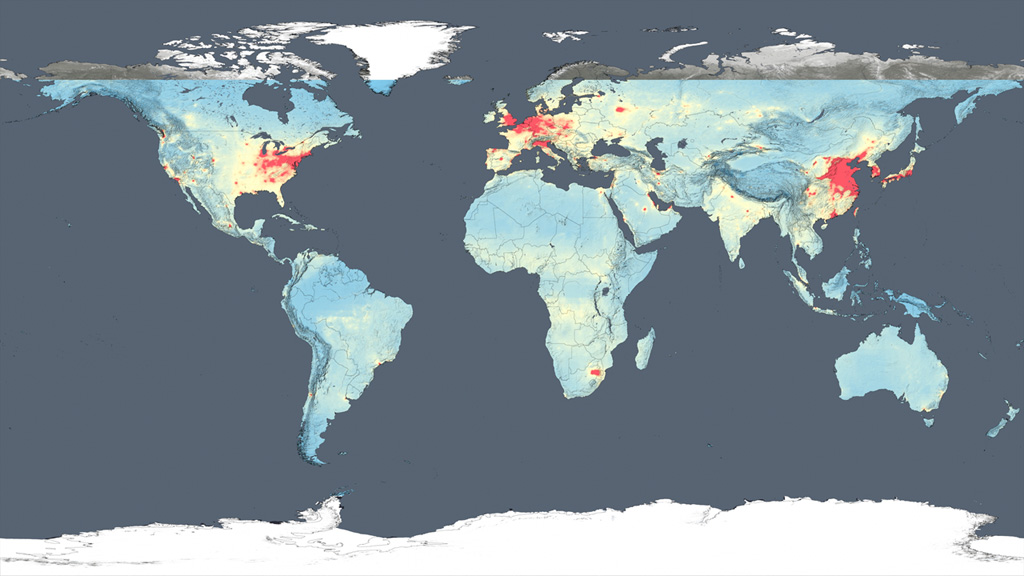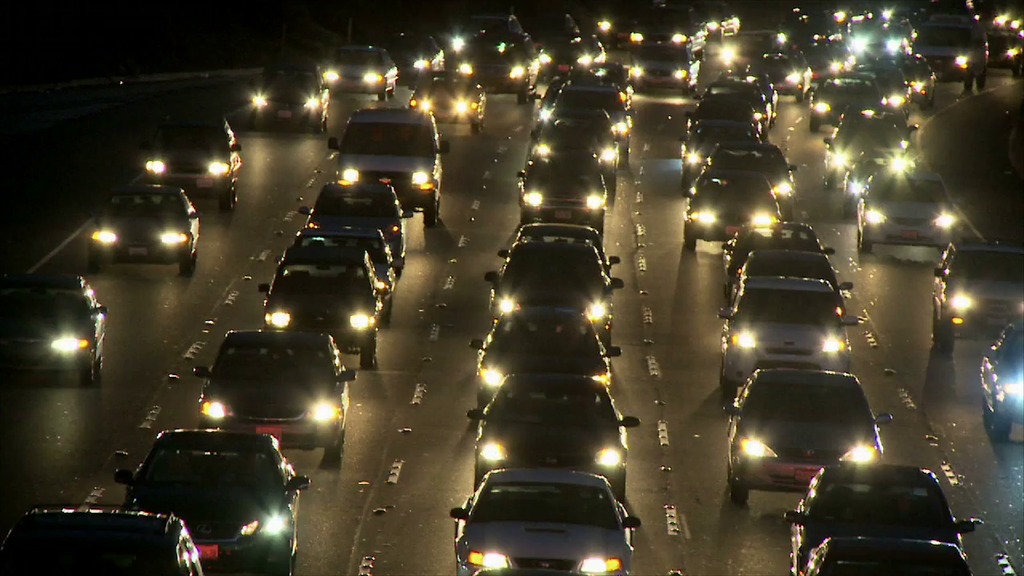Human Fingerprint on Global Air Quality
For complete transcript, click here.
Using new, high-resolution global satellite maps of air quality indicators, NASA scientists tracked air pollution trends over the last decade in various regions and 195 cities around the globe. The United States, Europe and Japan have improved air quality thanks to emission control regulations, while China, India and the Middle East, with their fast-growing economies and expanding industry, have seen more air pollution.
Scientist Bryan Duncan and his team examined observations made from 2005 to 2014 by the Ozone Monitoring Instrument aboard NASA's Aura satellite. One of the atmospheric gases the instrument detects is nitrogen dioxide, a yellow-brown gas that is a common emission from cars, power plants and industrial activity. Nitrogen dioxide can quickly transform into ground-level ozone, a major respiratory pollutant in urban smog. Nitrogen dioxide hotspots, used as an indicator of general air quality, occur over most major cities in developed and developing nations.
Credits
Please give credit for this item to:
NASA's Goddard Space Flight Center
-
Producers
- Kayvon Sharghi (USRA)
- Sophia Roberts (USRA)
-
Video editor
- Sophia Roberts (USRA)
-
Animator
- Trent L. Schindler (USRA)
-
Scientist
- Bryan Duncan (NASA/GSFC)
-
Interviewee
- Bryan Duncan (NASA/GSFC)
-
Videographers
- Rob Andreoli (Advocates in Manpower Management, Inc.)
- John Caldwell (Advocates in Manpower Management, Inc.)
Release date
This page was originally published on Monday, December 14, 2015.
This page was last updated on Wednesday, May 3, 2023 at 1:49 PM EDT.



